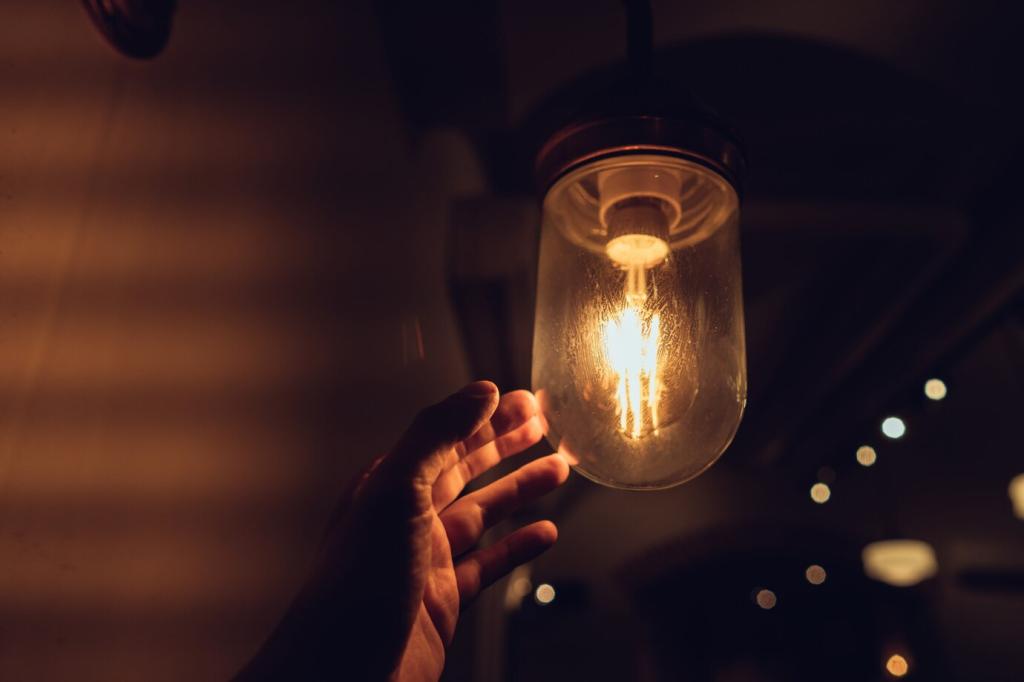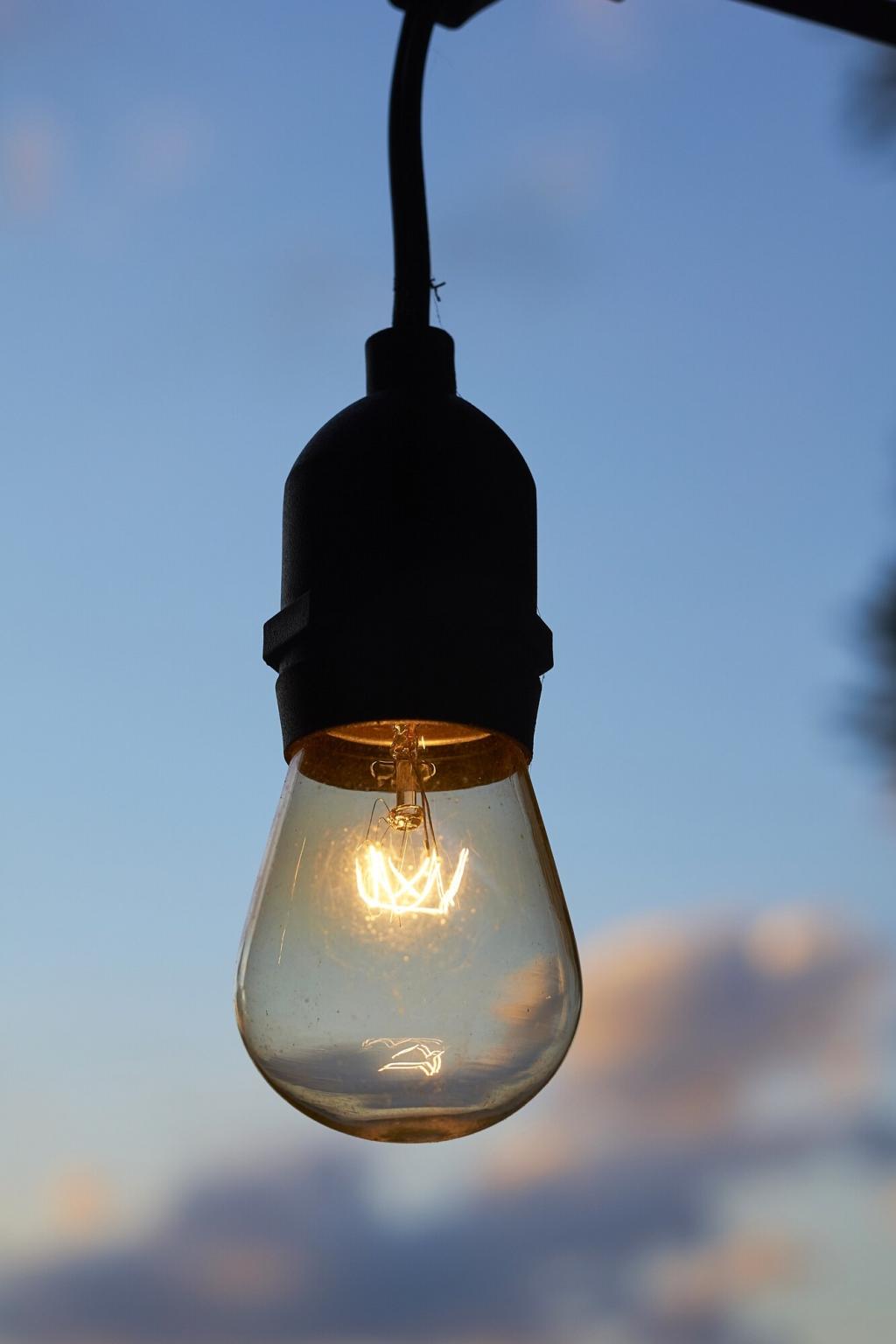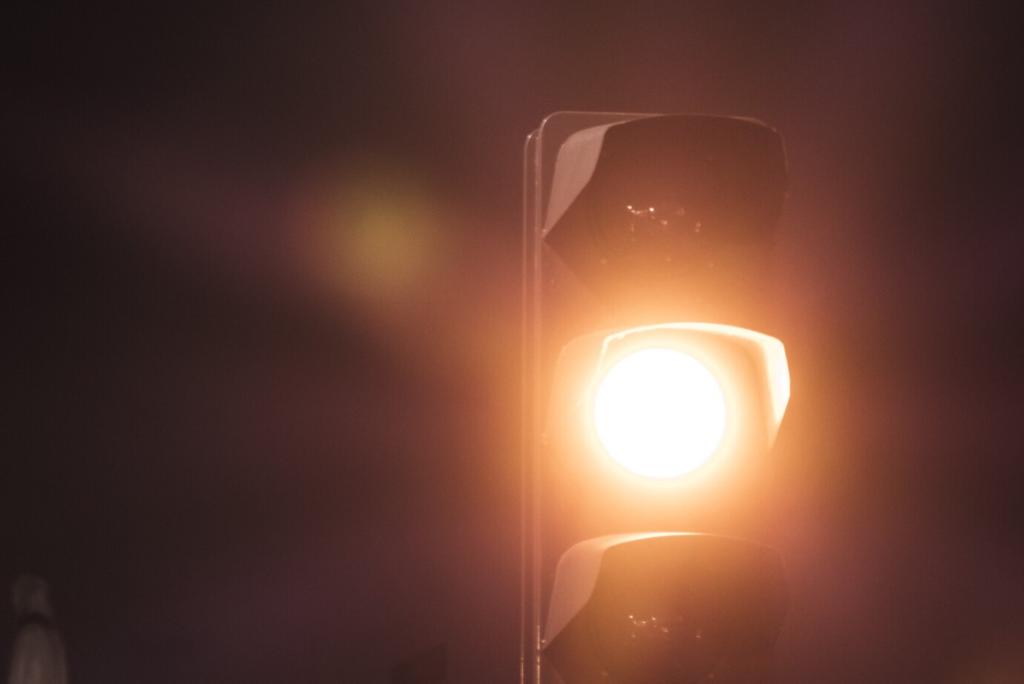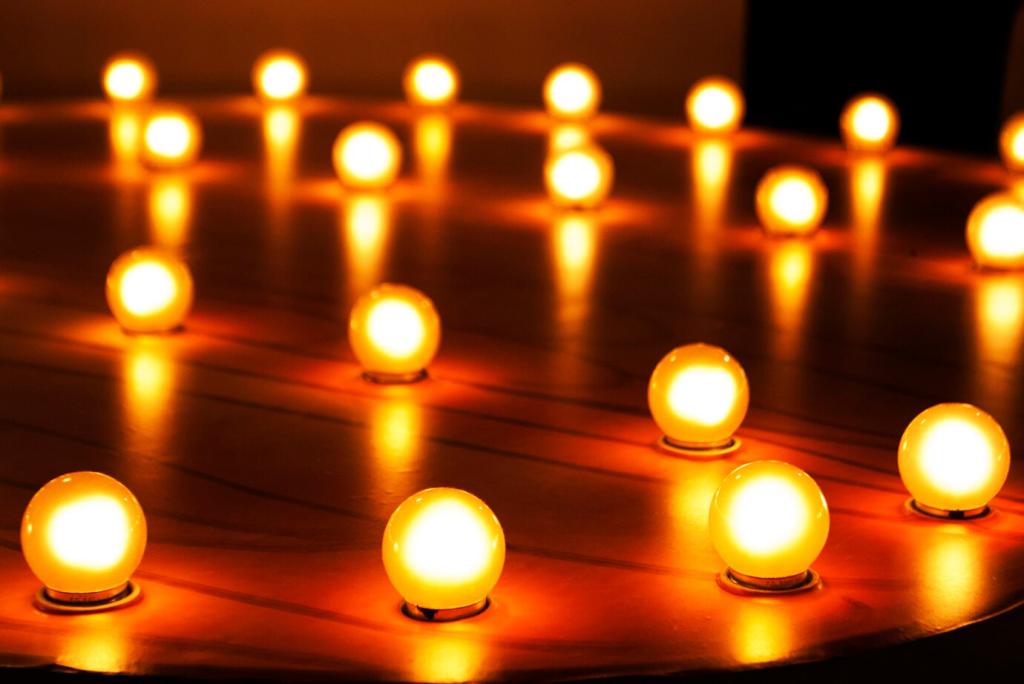The Role of Different Lighting Types in Interior Design
Lighting plays a pivotal role in interior design, influencing not just how spaces look, but also how they feel and function. By thoughtfully selecting and positioning various lighting types, designers can enhance architectural features, create mood, and improve the comfort and usability of a room. Understanding the unique characteristics and purposes of ambient, task, accent, and decorative lighting enables homeowners and professionals alike to shape interiors that are both beautiful and practical. This page delves into the vital roles these different lighting types play in interior design.


Ceiling Fixtures
Ceiling fixtures are one of the most common sources of ambient lighting, offering broad and even illumination from above. Whether it’s a flush-mount fitting in a hallway or a grand chandelier in a living room, these fixtures help distribute light across the entirety of a space. The style and placement of ceiling fixtures can significantly influence the atmosphere, ranging from understated modern designs to ornate centerpieces that command attention. Choosing appropriate fixtures means balancing functionality, scale, and aesthetic in order to enhance both the utility and appearance of a room. Well-selected ceiling fixtures address general lighting needs while contributing to a cohesive design theme.

Recessed Lighting
Recessed lighting, often referred to as downlights or can lights, delivers ambient light in a subtle and streamlined manner. Installed into the ceiling so that only the trim is visible, recessed lights create an unobtrusive source of illumination that disperses light evenly across wide areas. This makes them ideal for modern interiors where a clean, uncluttered look is desired. Although primarily used for ambient purposes, they can also augment other lighting types, adapting to a range of design requirements. The positioning and spacing of recessed lights must be considered carefully to avoid uneven patches of light and to produce a balanced, comfortable glow throughout the space.

Wall-Mounted Fixtures
Wall-mounted fixtures, including sconces and uplights, contribute to ambient lighting by casting light sideways or upward across walls and ceilings. This type of lighting can reduce glare and create a softer, more diffuse glow that enhances the perception of space. Wall fixtures are particularly valuable for their versatility, as they can illuminate corridors, accentuate architectural details, or simply broaden the spread of ambient light. They can be an effective solution for rooms where ceiling installations are impractical or where supplemental light is needed. The design and placement of these fixtures play a key role in integrating ambient lighting into the overall interior scheme.

Desk and Table Lamps
Desk and table lamps are quintessential examples of task lighting, providing concentrated light exactly where it’s needed. These portable fixtures can be moved and adjusted, allowing users to direct light onto books, papers, or screens without disturbing the ambient atmosphere of the room. They often feature adjustable arms, dimmers, or shade designs that help reduce glare and focus illumination. In addition to functionality, desk and table lamps serve as design accents, available in a wide range of styles, materials, and finishes that can either blend into the background or stand out as decorative elements. Their role is crucial in creating productive workspaces and cozy reading nooks within larger interiors.
Under-Cabinet Lighting
Under-cabinet lighting is a practical solution for task areas such as kitchen counters, workbenches, and bathroom vanities. By placing light sources directly beneath cabinets or shelves, this lighting type eliminates shadows that overhead fixtures might cast, making detailed tasks safer and easier. LED strips, puck lights, or linear fixtures are commonly used due to their slim profiles and energy efficiency. Under-cabinet lighting enhances visibility for food preparation, crafting, or grooming, supporting a functional workflow without overwhelming the overall environment. Proper selection and installation ensure this lighting remains discreet while offering powerful illumination right where it’s needed most.
Adjustable Spotlights
Adjustable spotlights are versatile task lighting choices, well-suited for areas where focus and flexibility are paramount. Mounted on ceilings, walls, or tracks, these fixtures can be swiveled, rotated, or tilted to direct a bright, concentrated beam onto work surfaces, artwork, or specific features. Because of their moveable design, spotlights are ideal for home offices, studios, or galleries, where lighting needs may change based on different activities. These fixtures often incorporate dimmable bulbs and refined optics to fine-tune both intensity and coverage. As a result, adjustable spotlights bridge functionality and style, adapting to evolving design and practical demands in any interior.
Accent Lighting: Creating Visual Interest
Picture and art lights are specialized fixtures designed to illuminate artwork, photographs, or sculptures, ensuring they remain the focal point of a room. These lights are typically mounted above or beside the piece, casting an even glow that brings out colors, textures, and details without causing glare or fading. By highlighting art, these lights not only celebrate creativity but also define the mood and style of a space. The right art lighting can be subtle or dramatic, depending on the piece and the ambiance desired, making it an essential element for galleries or collectors’ homes, and a way of personal expression in residential environments.

